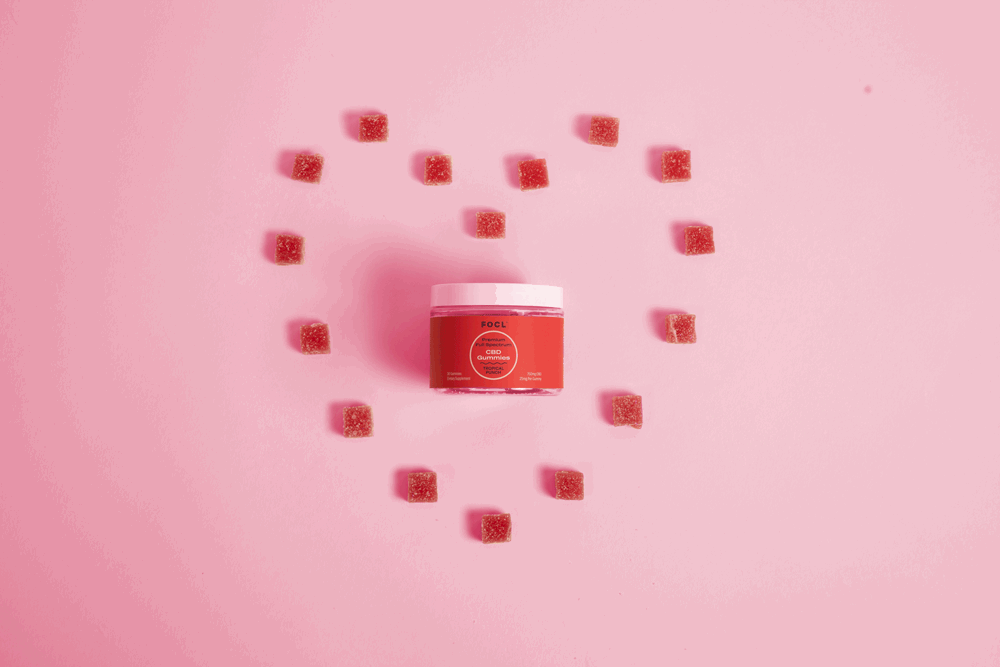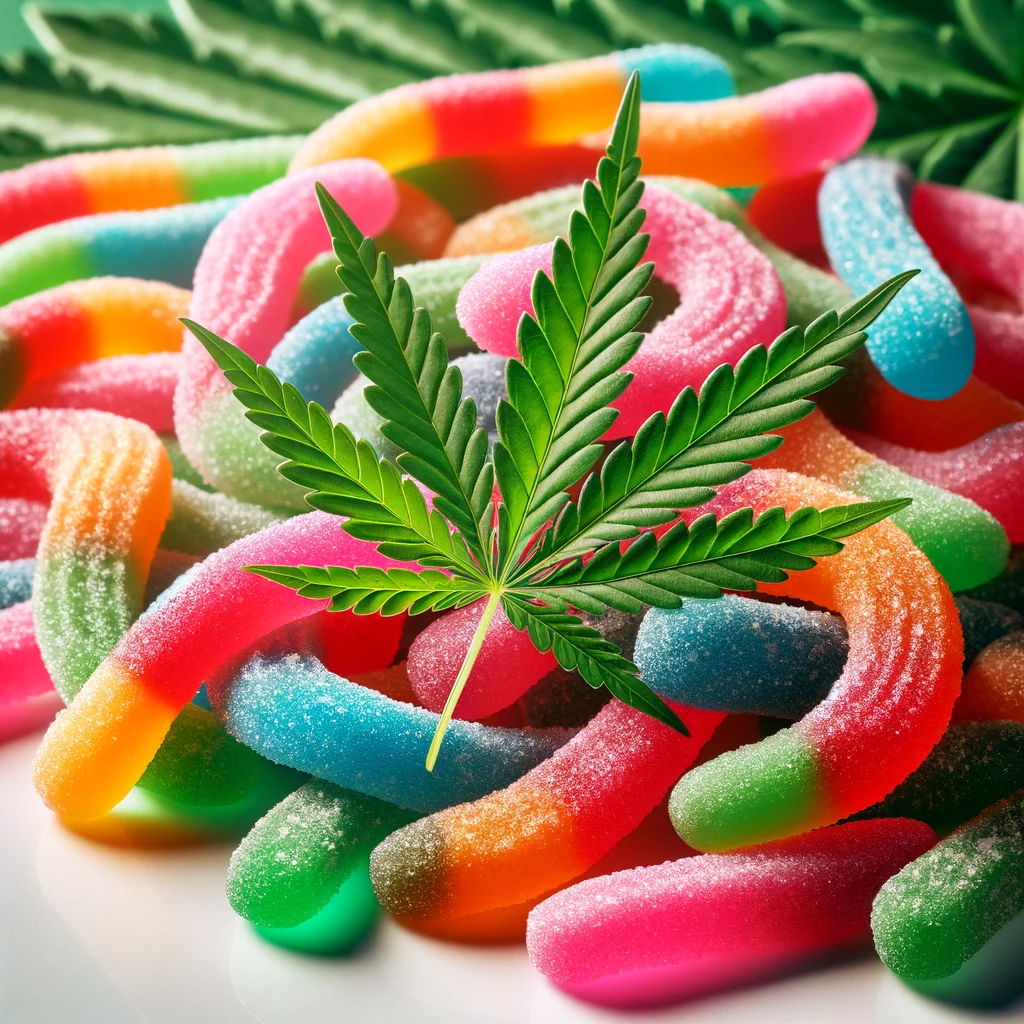Professional Tips for DIY Cannabis Photography
- Erin & Jake
- Aug 20, 2024
- 11 min read
Updated: Aug 23
Cannabis photography is a specialized niche that requires a blend of creativity, technical skills, and an understanding of the subject to capture the unique beauty and intricacies of cannabis plants and products. Whether you're a cannabis entrepreneur looking to showcase your products or a hobbyist wanting to document your grow, mastering DIY cannabis photography can be both rewarding and cost-effective.
In this comprehensive guide, we will delve into professional tips for DIY cannabis photography. From choosing the right equipment and lighting to mastering composition and post-processing, these tips will help you elevate your photography skills and produce stunning images that stand out in a crowded market.
1. Understand the Importance of Lighting
Lighting is the foundation of all photography, and in cannabis photography, it plays a crucial role in highlighting the texture, color, and trichomes of the plant. Proper lighting can make the difference between a flat, lifeless image and one that pops with vibrancy and detail.
Natural Light vs. Artificial Light
Natural Light: If you're new to cannabis photography, starting with natural light can be beneficial. The soft, diffused light during the early morning or late afternoon (often referred to as the "golden hour") is ideal for capturing the natural colors of cannabis without harsh shadows. Position your plants near a large window or take them outside to take advantage of this light.
Artificial Light: As you gain more experience, experimenting with artificial light sources such as softboxes, LED panels, or ring lights can give you more control over the lighting environment. Artificial light allows you to shoot at any time of day and provides consistent illumination. Use a softbox to diffuse the light and avoid harsh shadows, which can detract from the details in your cannabis photography.
Controlling Light Intensity and Direction
The intensity and direction of your light source are crucial for achieving the desired look in cannabis photography. Direct light can be too harsh, causing overexposure and loss of detail. Instead, aim for soft, even lighting that highlights the plant's features.
Use Reflectors: Reflectors can help bounce light back onto the subject, filling in shadows and creating a more balanced exposure. Silver reflectors are great for adding contrast, while white reflectors provide a softer fill.
Experiment with Angles: Changing the angle of your light source can dramatically alter the mood and texture of your photos. Side lighting emphasizes texture and depth, while backlighting can create a halo effect around the plant, highlighting the trichomes and making them sparkle.
2. Select the Right Camera and Lenses
While you can capture decent cannabis photography with a smartphone, investing in a DSLR or mirrorless camera will significantly enhance the quality of your images. These cameras offer more control over settings like aperture, shutter speed, and ISO, which are essential for professional-looking photos.
Camera Settings
Aperture: A wide aperture (low f-stop number) creates a shallow depth of field, which is ideal for cannabis photography as it allows you to isolate the subject from the background. This helps to focus attention on the intricate details of the plant, such as the trichomes, buds, and leaves.
Shutter Speed: A faster shutter speed is necessary to capture sharp images, especially if you're shooting handheld. However, for macro shots where you're focusing on tiny details, using a tripod and a slower shutter speed can help achieve maximum sharpness without camera shake.
ISO: Keep the ISO as low as possible to reduce noise and maintain image quality. Higher ISO settings can introduce grain, which may detract from the clarity of your cannabis photography.
Lens Selection
Macro Lenses: For cannabis photography, a macro lens is indispensable. These lenses allow you to get up close and personal with your subject, capturing the tiny details that make cannabis so unique. A 90mm or 100mm macro lens is a great choice for capturing the fine details of trichomes and the texture of the buds.
Standard Lenses: A 50mm prime lens is versatile and works well for both close-ups and wider shots. It's also relatively affordable and produces sharp images with beautiful background blur (bokeh).
Zoom Lenses: While not as essential as macro lenses, zoom lenses can be useful for capturing wider scenes, such as an entire grow room or a collection of products. A 24-70mm lens offers a good range for most cannabis photography needs.
3. Master the Art of Composition
Composition is the arrangement of elements within a photo and is key to creating visually appealing cannabis photography. A well-composed image draws the viewer's eye to the most important aspects of the plant while maintaining a balanced and harmonious look.
Rule of Thirds
The rule of thirds is a fundamental principle in photography that suggests dividing your frame into nine equal parts using two horizontal and two vertical lines. The idea is to place the subject or points of interest along these lines or at their intersections. In cannabis photography, this might mean positioning a prominent bud or leaf at one of these intersections to create a more dynamic and engaging image.
Leading Lines
Leading lines guide the viewer's eye through the image and can be used to draw attention to the main subject. In cannabis photography, the natural lines of the plant, such as the stem, leaves, and branches, can serve as leading lines. Position your camera to take advantage of these lines, leading the viewer's gaze to the most interesting parts of the plant.
Background and Negative Space
The background in your cannabis photography is just as important as the subject. A cluttered or distracting background can take away from the beauty of the plant. Consider using a plain, neutral background to make the subject stand out. Alternatively, you can use a complementary background that enhances the colors of the plant without overwhelming the composition.
Negative space, or the empty space around the subject, is another powerful compositional tool. It gives the subject room to "breathe" and can create a more minimalist, focused image. In cannabis photography, using negative space can help isolate the plant and draw attention to its details.
4. Utilize Post-Processing to Enhance Your Cannabis Photos
Even with the best equipment and lighting, your cannabis photography may still benefit from some post-processing to achieve a polished, professional look. Post-processing allows you to fine-tune your images, correct any imperfections, and enhance the colors and details that make cannabis so visually appealing.
Editing Software
Adobe Lightroom: This is one of the most popular photo editing tools among photographers. Lightroom offers powerful editing capabilities while being user-friendly, making it ideal for both beginners and experienced photographers. Use Lightroom to adjust exposure, contrast, highlights, and shadows, as well as to fine-tune colors and sharpen details.
Adobe Photoshop: For more advanced editing, Photoshop provides a wide range of tools for retouching, compositing, and creative effects. You can use Photoshop to remove any unwanted elements from your photos, enhance textures, and even merge multiple images for focus stacking.
Key Adjustments
White Balance: Adjusting the white balance ensures that the colors in your cannabis photography are accurate and true to life. Cannabis plants can have a range of colors, from deep greens to vibrant purples, and getting the white balance right will make these colors pop.
Clarity and Texture: Increasing clarity and texture can help emphasize the fine details in the plant, such as the trichomes and the surface texture of the buds. However, be careful not to overdo it, as too much clarity can make the image look unnatural.
Saturation and Vibrance: Boosting the saturation and vibrance can make the colors in your cannabis photography more vivid. This is particularly useful for highlighting the rich greens, oranges, and purples of the plant. Again, moderation is key—over-saturation can make the image look artificial.
5. Capture the Details with Macro Photography
Macro cannabis photography is an essential technique in cannabis photography, allowing you to capture the intricate details of the plant that are often missed with standard lenses. Trichomes, the tiny resinous glands on the surface of the buds, are a prime subject for macro photography, as they contain the cannabinoids and terpenes that give cannabis its unique properties.
Macro Cannabis Photography Tips
Use a Tripod: Macro cannabis photography often requires slower shutter speeds to ensure proper exposure, which can lead to camera shake if shooting handheld. A tripod provides stability, ensuring your images are sharp and free of blur.
Focus Stacking: When shooting at such close distances, depth of field can be extremely shallow, meaning only a small portion of the image is in focus. Focus stacking involves taking multiple shots at different focus points and then combining them in post-processing to create an image where the entire subject is in sharp focus.
Control Your Breathing: Even the slightest movement can affect focus in macro photography. If you're shooting handheld, take a deep breath and exhale slowly as you press the shutter to minimize movement.
Highlighting Trichomes
Trichomes are one of the most visually striking aspects of cannabis, and capturing them in detail can make your cannabis photography stand out. To highlight trichomes:
Lighting: Use a light source that emphasizes the reflective nature of trichomes. Backlighting or side lighting can create a sparkling effect, making the trichomes appear more pronounced.
Focus: Manually focus on the trichomes to ensure they are sharp. Autofocus can struggle with the small size of trichomes, so switching to manual focus gives you more control.
6. Experiment with Different Angles and Perspectives
One way to make your cannabis photography more engaging is by experimenting with different angles and perspectives. Shooting from unique viewpoints can reveal new aspects of the plant and create more dynamic and interesting images.
High and Low Angles
High Angle: Shooting from above can provide a comprehensive view of the plant, capturing the arrangement of the cannabis buds and leaves. This perspective is useful for showing the overall structure and symmetry of the plant.
Low Angle: Shooting from below or at a low angle can make the plant appear larger and more imposing. This perspective can be particularly effective for emphasizing the height and grandeur of taller plants.
Close-Ups and Wide Shots
Close-Ups: Focus on specific parts of the plant, such as the buds, leaves, or trichomes, to highlight the intricate details. Close-up shots are ideal for macro cannabis photography, where the goal is to capture the fine textures and patterns of the plant.
Wide Shots: Step back and capture the entire plant or a group of plants in their environment. Wide shots are useful for showing the context of the grow space, the scale of the plants, or a collection of products.
Overhead Cannabis Photos
Overhead cannabis photos, also known as cannabis flat lays, involve shooting directly from above. This perspective is popular in product photography and can be effective for capturing cannabis product photography arranged in a visually appealing way. Overhead shots work well for showcasing a variety of products, such as different strains, edibles, or accessories, in a single image.
7. Incorporate Props and Styling
Incorporating props and styling into your cannabis photography can add context and enhance the visual appeal of your images. Props can help tell a story, convey a mood, or highlight the lifestyle associated with cannabis use.
Choosing the Right Props
Natural Elements: Incorporate natural elements such as wood, stones, or greenery to complement the organic nature of cannabis. These props can create a more earthy and natural vibe in your cannabis product photography.
Glassware and Accessories: Use glass jars, smoking accessories, or packaging as props to showcase the product in a real-life context. These items can also help highlight the quality and presentation of the product in your cannabis product photography.
Textiles and Backgrounds: Consider using textured fabrics or interesting backgrounds to add depth and contrast to your images. Velvet, linen, or burlap can create a tactile element that enhances the overall composition.
Styling Tips
Keep it Simple: Avoid overcrowding your frame with too many props. The focus should always remain on the cannabis plant or product. Use props to enhance the composition, not distract from it.
Color Coordination: Choose props that complement the colors of the cannabis. For example, if you're photographing a strain with purple hues, select props in complementary colors like gold or green to make the colors pop.
Create a Narrative: Use props to tell a story about the product. For instance, if you're photographing an edible, you might include ingredients, utensils, or serving dishes to create a culinary narrative.
8. Pay Attention to Product Presentation
Whether you're photographing cannabis flowers, edibles, or concentrates, cannabis product presentation is key to creating appealing images. The way you present your products can influence how they are perceived by your audience and can make a significant impact on your brand's image.
Handling and Preparing the Product
Trim and Manicure: Before photographing cannabis flowers, ensure they are properly trimmed and manicured. Remove any excess leaves, stems, or imperfections to present the buds in their best light.
Cleanliness: If you're photographing concentrates or edibles, make sure the products are clean and free from dust, fingerprints, or smudges. Use gloves when handling the products to maintain their pristine appearance.
Arrangement: Arrange the products in an aesthetically pleasing manner. Consider the shape, size, and color of the products when deciding how to position them within the frame.
Showcasing Packaging in Cannabis Product Photography
If you're photographing packaged products, such as pre-rolls, oils, or edibles, make sure the packaging is clean, free from damage, and positioned to showcase the brand's logo and design. Packaging is often a significant part of the product's identity, and highlighting it effectively can reinforce brand recognition and appeal.
9. Consider the Legal and Ethical Aspects
Cannabis photography, like all aspects of the cannabis industry, comes with legal and ethical considerations. It's important to be aware of these factors to ensure that your photography aligns with legal regulations and industry standards.
Legal Considerations
Compliance: Ensure that your cannabis photography complies with local laws and regulations regarding the depiction of cannabis products. This includes restrictions on advertising, labeling, and the portrayal of cannabis in a way that appeals to minors.
Permissions: If you're photographing on private property or including people in your images, make sure you have the necessary permissions and releases. This is especially important if you're planning to use the images for commercial purposes.
Ethical Considerations
Honesty and Transparency: When photographing cannabis products, it's important to represent them honestly. Avoid using deceptive techniques or editing that misrepresents the product's appearance or quality.
Cultural Sensitivity: Be mindful of the cultural and social contexts in which your images will be viewed. Cannabis is a topic that can evoke strong opinions, and it's important to approach it with respect and sensitivity.
10. Practice and Experimentation
Finally, like any art form, mastering cannabis photography takes practice and experimentation. Don't be afraid to try new techniques, angles, or styles. The more you experiment, the more you'll develop your own unique style and approach to cannabis photography.
Continuous Learning
Study the Work of Others: Look at the work of professional cannabis photographers to gain inspiration and learn new techniques. Analyze what makes their images successful and think about how you can incorporate similar elements into your own work.
Seek Feedback: Share your cannabis photography with others and seek constructive feedback. Whether it's from fellow photographers, friends, or online communities, feedback can help you identify areas for improvement and grow as a photographer.
Keep Experimenting: Photography is a creative process, and there's always something new to learn or try. Keep pushing the boundaries of your creativity, and don't be afraid to take risks with your cannabis photography.
Conclusion: Professional Tips for DIY Cannabis Photography
Cannabis photography is a specialized field that requires a keen eye for detail, a solid understanding of photography principles, and a passion for capturing the beauty of cannabis plants and products. By following these professional tips for DIY cannabis photography, you'll be well on your way to creating stunning images that not only showcase your products but also elevate your brand's visual identity.
Whether you're photographing cannabis for personal enjoyment, social media, or commercial use, these tips will help you achieve professional-looking results that stand out in a competitive market.
Remember, practice makes perfect, so keep experimenting, learning, and refining your skills to take your cannabis photography to the next level.
Cannabis Photographers
Specializing in professional cannabis photography, videography and drone. Visit Our Website: humboldtcannabisphotographers.com @cannabis.photographers on Instagram























Comments